What's New In Overwatch 2: Battle Pass, Challenges, How To Transfer Skins, And More
Whether you're new to Overwatch or coming over from the original, here's what you need to know when jumping into the much-anticipated sequel.
After spending the last few weeks playing Overwatch 2, I've learned quite a few tips and tricks that changed how I played going forward. This includes what the difference is between Overwatch 2's battle passes, how to level up your battle pass quickly, how combat has evolved, and how Overwatch 2's new heroes fit in with the old crew. Here's everything I wish I knew about Overwatch 2 before jumping in to play, organized neatly so you can get the head start you need to find a main, compete in ranked matches, or just unlock that next irresistible skin.
The differences between battle passes
As part of its move to free-to-play, Overwatch 2 is adopting a battle pass system. This includes both a free battle pass and a premium battle pass, which players can buy for 1,000 Overwatch Coins or $10 USD. These battle passes will last the entire duration of an Overwatch 2 season, or roughly nine weeks, and offer a wide assortment of cosmetics and other goodies players can earn simply by playing the game and progressing through the passes' 80+ tiers.
So, what are the differences between the two passes? For starters, players who purchase the premium battle pass will have access to any new heroes instantly, whereas those using the free pass will have to wait until they hit tier 55. Based on my experience with the game, this could take quite a bit of time, as an hour of gameplay will generally only raise you up a tier or two. The premium battle pass also grants players a 15% experience bonus, meaning they'll progress through the pass much quicker, and access to other unlocks, including more intricate cosmetics and mythic skins.
Complete your challenges
Another new feature in Overwatch 2 are challenges, which can be divided into six categories: daily, weekly, season, Competitive, lifetime, and hero. Challenges range from simple tasks, such as winning matches or getting a certain number of kills, to more specific items, like getting a triple kill with a hero's ultimate ability. I cannot emphasize how beneficial completing these challenges is. Not only are they the fastest ways to progress through your battle pass and earn some sweet Overwatch Coins, they will also just make you a better player, which will help both you and your teammates in the long run.
What the change to 5v5 means
Chances are, the first thing you'll notice when jumping into a match of Overwatch 2 is its pivot to 5v5 matches. Whereas Overwatch featured six heroes on each team--generally two damage, two support, and two tanks--Overwatch 2 eliminates one of these tanks, shrinking each team by one and, subsequently, altering the dynamic of battles.
Keeping this in mind, I urge players to focus on the objective. Now more than ever, engaging in little side scraps can cost your team the game. I also encourage you to take note of what heroes work best together and which ones take advantage of opponents weaknesses. For example, flying heroes like Pharah greatly benefit from having someone with ranged healing to keep them healthy, such as Mercy or Kiriko. In turn, Pharah is incredibly effective against barrier tanks like Reinhardt thanks to her large splash damage. While it might sound like a lot to keep track of, it does get easier with time and soon it will become second nature.
How to transfer all your Overwatch skins to Overwatch 2
After years of fans longing for a way to merge their Overwatch profiles across various consoles, Blizzard is finally adding cross-progression to the popular first-person hero shooter. With the addition of this feature, players will gain access to all their in-game cosmetics and statistics regardless of what platform they are playing on. So, looking to transfer all your Overwatch skins to Overwatch 2? The process is actually pretty simple.
First things first, you're going to need to log in to whatever console you were playing Overwatch on. Once you are logged in, you should be immediately prompted to identify, select, and confirm the accounts you wish to merge. Players will be able to merge one account from each of the following platforms: Xbox, PlayStation, Nintendo Switch, and PC.
Once you complete these steps, Blizzard will prepare your accounts for synchronization. Be warned, however, that if you do not go through the steps to merge your profiles when the game prompts you to, you will forfeit the ability to do so at a later date. Furthermore, once you merge a console account, you will be unable to link to a different console account on the same platform.
All players looking to merge their accounts must have a Battle.net account, which you should theoretically have already if you've previously played Overwatch. Once you elect to merge your accounts, all your cosmetics and progress across systems will be stored using this account, which will then share the content across your system profiles.
The new characters
So, you've got your new skins and a bit of a grasp on how the combat has changed. Let's talk about characters. Three new heroes are coming to Overwatch, and all of them are extremely viable options to consider when building your team.
Sojourn is the first Black woman and Canadian hero to grace the game and has a role “right at the center of the story of Overwatch 2,” according to former Overwatch 2 director Jeff Kaplan. A DPS hero, Sojourn is a mid-range specialist with incredible mobility and artillery skills. Her primary weapon is a railgun that generates energy on each successful hit, and can then consume that power for a high-impact shot. Much like Soldier 76, Sojourn specializes in dishing out moderate-yet-high-speed damage from a medium distance. This makes her pretty effective at taking down tanks, but puts her at risk of snipers.
Junker Queen is the not-so-benevolent ruler of the post-apocalyptic wasteland Junkertown. Equipped with a mohawk, six-pack abs, a shotgun, and a battle axe, Junker Queen is the game's newest tank, and seems more than capable of leading her team to victory. Described as a fierce and resourceful survivalist, many of Junker Queen's moves are most impactful at close-range, including Scattergun and Carnage, or inflict a status ailment making it impossible for opponents to heal. Junker Queen is great at taking out lower health heroes quickly, whether they're support or DPS, but is at risk against other tanks and long-range heroes.
Called the "Protector of Kanezaka," Kiriko is a Japanese ninja who trained alongside Hanzo and Genji under the tutelage of her mother. This support hero draws much of her power from her spiritualism, which is seen in her homing ofuda, protection suzu, and ability to summon a kitsune to lead her team into battle. Kiriko also boasts some impressive movement abilities, such as wall climb and swift step, the latter of which even allows her to pass through walls. Kiriko is a great asset to more mobile heroes, such as Pharah and Genji, and can counter a great deal of massive AOE attacks, such as Junkrat's Riptire. However, as a support character, Kiriko can't take too much of a beating, meaning her ability to reach allies in the heat of the battle could lead to her downfall if a DPS hero is around.
Character reworks
Although these three heroes might be the only fresh faces--well, so far at least--that doesn't mean Blizzard didn't freshen up some fan favorites for the journey ahead. Many of the adjustments made to characters focus on making gameplay more aggressive and high-speed. These include eliminating Orisa's shields, Mei's ability to freeze enemies solid, and Cassidy's flashbang. Furthermore, Bastion will be losing their ability to self-heal, Doomfist is being converted into a much beefier tank, and Sombra will become significantly more deadly, with reduced cooldowns and more damage-dealing attacks. With all this in mind, my advice is this: lean into what Overwatch 2 is encouraging, synergize, and play aggressively.
For more on Blizzard's big hero shooter sequel, check out GameSpot's Overwatch 2 review.
Got a news tip or want to contact us directly? Email news@gamespot.com
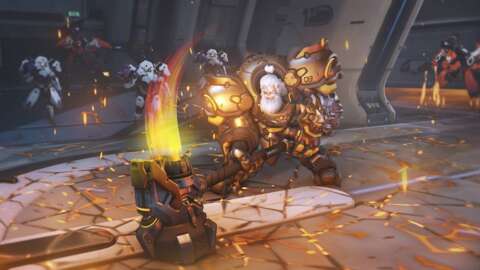
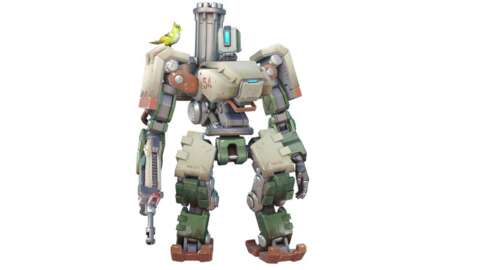
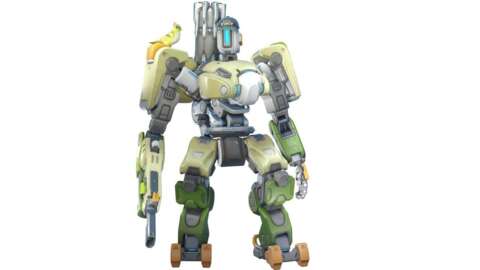
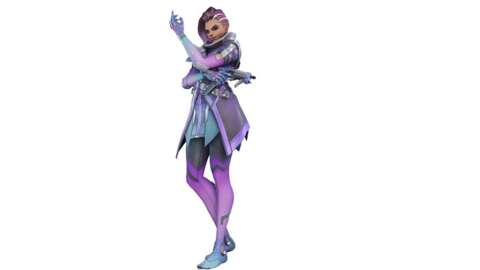
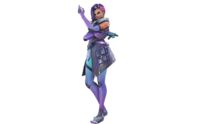
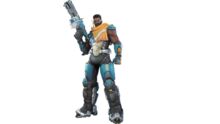
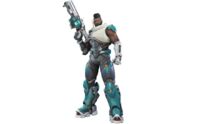
Join the conversation